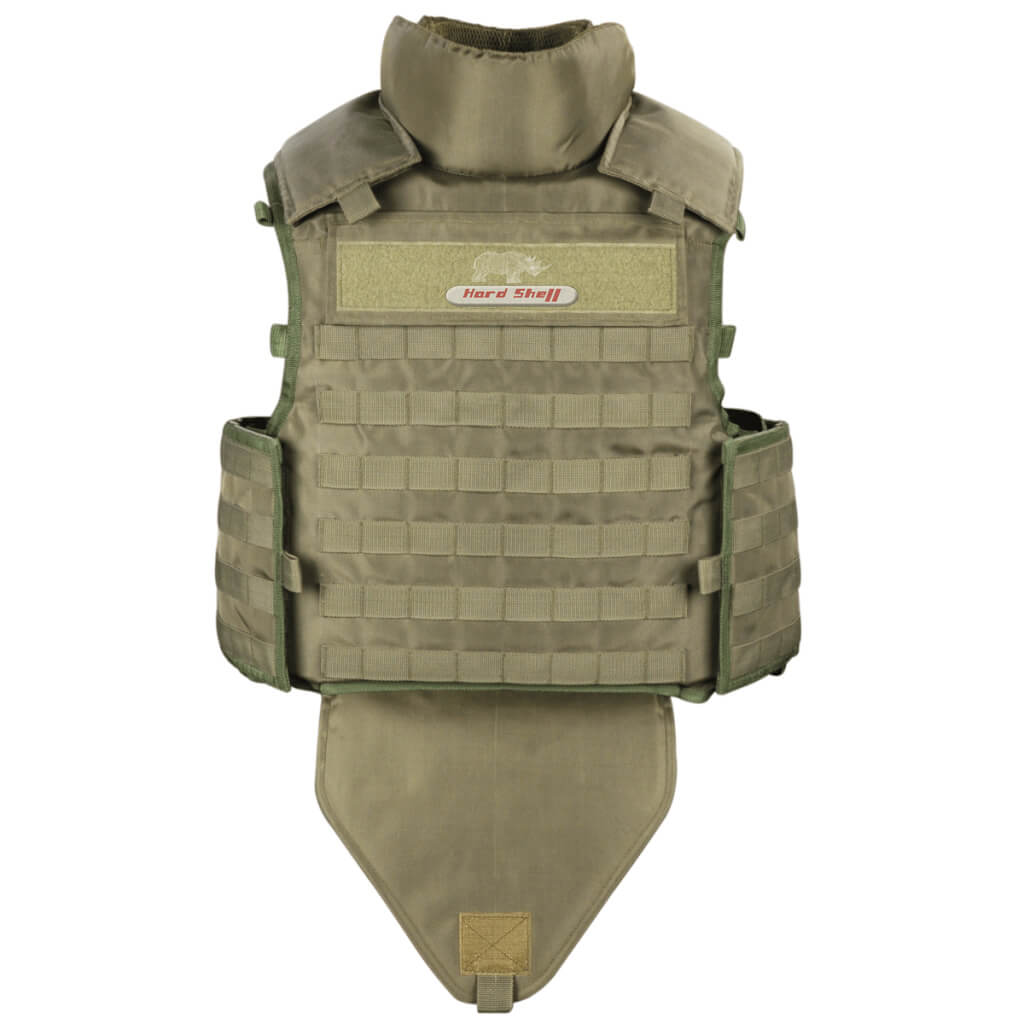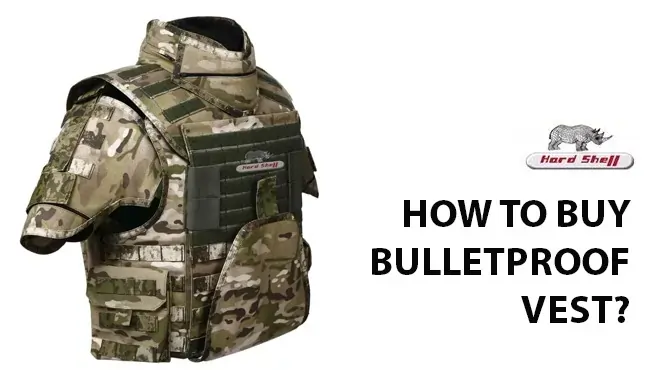Introduction to Interceptor Body Armor
The intricately crafted Interceptor Body Armor stands out as a powerful defense against a wide range of threats in the intricate and ever-changing terrain of contemporary combat. Its inception stems from the critical requirement for flexible and durable protection, a response to the changing character of hostilities.
The historical relevance of Interceptor Body Armor is closely linked to its capacity to meet the dynamic needs of warfare, where the safety of those serving depends critically on adaptation and resilience. In this write-up, we will look into an in-depth examination of Interceptor Body Armor’s function and historical relevance as a key component of modern military operations.

Components of Interceptor Body Armor
This section explores the importance of each component, explaining how they work together to enhance Interceptor Body Armor’s overall defensive capabilities and give soldiers a strong protection system that is suited to the demands of combat.
A deeper examination of the Interceptor Body Armor’s essential parts is necessary to comprehend its efficacy since each one is vital to guarantee the security of military people. Leading the way is the Outer Tactical Vest (OTV), which functions as the outermost layer and emphasizes adaptability to meet specific requirements. In addition, the Small Arms Protective Insert (SAPI) is a key component that offers vital ballistic protection from a range of threats. These elements are woven together by the complex design of the Interceptor to form a complete shield.
Evolution of Interceptor Body Armor
The Interceptor Body Armor has experienced a remarkable evolution in response to the shifting requirements for safeguarding individuals in uniform. Its evolution is both fascinating and crucial, beginning in its early days when it met the pressing need for enhanced military protection and ending in its current state, which is characterized by breakthroughs in materials, design, and technology.
Early models improved the armor’s ballistic resistance while decreasing its weight, paving the path for later developments. The armor has been ergonomically improved to make it more comfortable to wear for extended periods of time, understanding the importance of mobility in combat.
Protection Capabilities of Interceptor Body Armor
The versatility of the Interceptor Body Armor is a key factor in its effectiveness in protecting military troops. Withstanding a wide range of threats faced in combat, the armor serves as a resilient barrier. Its ballistic resistance is calibre-neutral, meaning it can withstand a wide variety of bullets. The armor also performs exceptionally well at protecting against fragmentation, which is a critical function given the unpredictability of combat situations.
The life-saving potential of the Interceptor Body Armor is depicted through an analysis of its effectiveness in practical scenarios. The armor’s dynamic nature is demonstrated by its adaptation to various combat scenarios, which offers substantial protection without compromising mobility. This makes Interceptor Body Armor a reliable barrier against a variety of threats, making it a vital tool for military personnel performing their duties.

Safety Standards, Testing, and Certification of Interceptor Body Armor
Ensuring the reliability of Interceptor Body Armor requires careful adherence to safety regulations, stringent testing, and certification acquisition. These steps are essential to ensuring that the armor satisfies the strict specifications set for military equipment. As part of the testing methods, the armor is put through a variety of situations in order to assess its overall performance.
Adhering to safety regulations is not merely a formality; it is a means of protecting the soldiers who depend on this protective equipment. Thorough testing comprises evaluations of adaptation in various settings, durability, and ballistic resistance. Certification is a mark of approval, indicating that the Interceptor Body Armor has successfully completed the rigorous testing procedures. This certification gives military personnel assurance that they are outfitted with reliable and efficient protective gear.
Pros and Cons of Interceptor Body Armor
When analysing Interceptor Body Armor’s practical features, it is important to take into account user feedback that points out both the product’s advantages and disadvantages. Its lauded qualities include its capacity to save lives, its excellent comfort, and its versatility in many settings. Users appreciate the armor’s ability to provide them with a feeling of security while fighting.
This section presents a fair analysis of the advantages and disadvantages mentioned by users of Interceptor Body Armor, offering insightful information about how well it functions in the real world and suggesting areas for future development.
Like any equipment, Interceptor Body Armor is not without its documented drawbacks. Prolonged use can cause discomfort for some users, which highlights the need for ongoing ergonomic improvements. Users have identified mobility as an area that needs improvement, especially in dynamic circumstances.
-
Original price was: $4,500.00.$4,000.00Current price is: $4,000.00. View Details This product has multiple variants. The options may be chosen on the product page
-
$11.00 View Details This product has multiple variants. The options may be chosen on the product page
-
$11.00 View Details This product has multiple variants. The options may be chosen on the product page
-
$2,000.00 View Details This product has multiple variants. The options may be chosen on the product page
Phasing out of Interceptor Body Armor and Transition to Newer Systems
Interceptor Body Armor has been mostly phased out as part of a strategic decision motivated by the need for ongoing improvement. This choice was made in order to effectively respond to new threats. The launch of the Improved Outer Tactical Vest (IOTV) heralds the beginning of a new chapter in troop protection, marking the end of the Interceptor period.
When switching to more modern systems, it is important to carefully assess aspects like weight, modularity, and threat evolution adaptability. By addressing areas that have been identified for improvement, the Improved Outer Tactical Vest (IOTV) symbolises the progression of protective gear.
The strategic change is a reflection of a dedication to remain ahead of the curve, guaranteeing that military personnel are outfitted with the best and most advanced protective gear available for use in the contemporary battlefield.
Influence of Interceptor Body Armor on Modern Body Armor
Interceptor body armor left a lasting impression on the development of modern protective gear, and its influence goes well beyond its time. The current state of body armor has been greatly influenced by user feedback, technological developments, and lessons learned from its deployment. The emphasis on higher ballistic resistance, lighter weight, and better ergonomics in more recent systems is indicative of this effect.
The influence of Interceptor Body Armor is demonstrated by the iterative nature of design advancement. Next-generation body armor is a result of material and manufacturing technology innovation spurred by Interceptor’s problems and triumphs.
The Interceptor’s impact is still seen today, encouraging a dedication to quality and creativity in the continuous effort to give military troops the best and most efficient protection possible.
Conclusion
As a whole, the Interceptor period has come to an end, but its effects are still felt in the continued dedication to giving military troops the finest protection available, guaranteeing their security and welfare while they negotiate the intricacies of contemporary warfare.
Ballistic resistance and ergonomics are two areas where Interceptor Body Armor has left a lasting impact on contemporary systems. The iterative process of design evolution demonstrates a commitment to applying lessons learned from the past to the development of state-of-the-art protective equipment.
Even if the Interceptor era has come to an end, the lessons learnt from its use will continue to influence protective gear in the future. The continuous strive for improvement is demonstrated by the Improved Outer Tactical Vest (IOTV) and its developments, which place a strong emphasis on weight, modularity, and threat adaptation.
As we wrap up our exploration of interceptor body armour, it is clear that military protection has always been accompanied by this protective gear. It has served as a symbol of the dedication to protecting individuals in service from its inception until the gradual switch to more modern technologies.
"Connect with our team today for personalized solutions and exceptional service."









